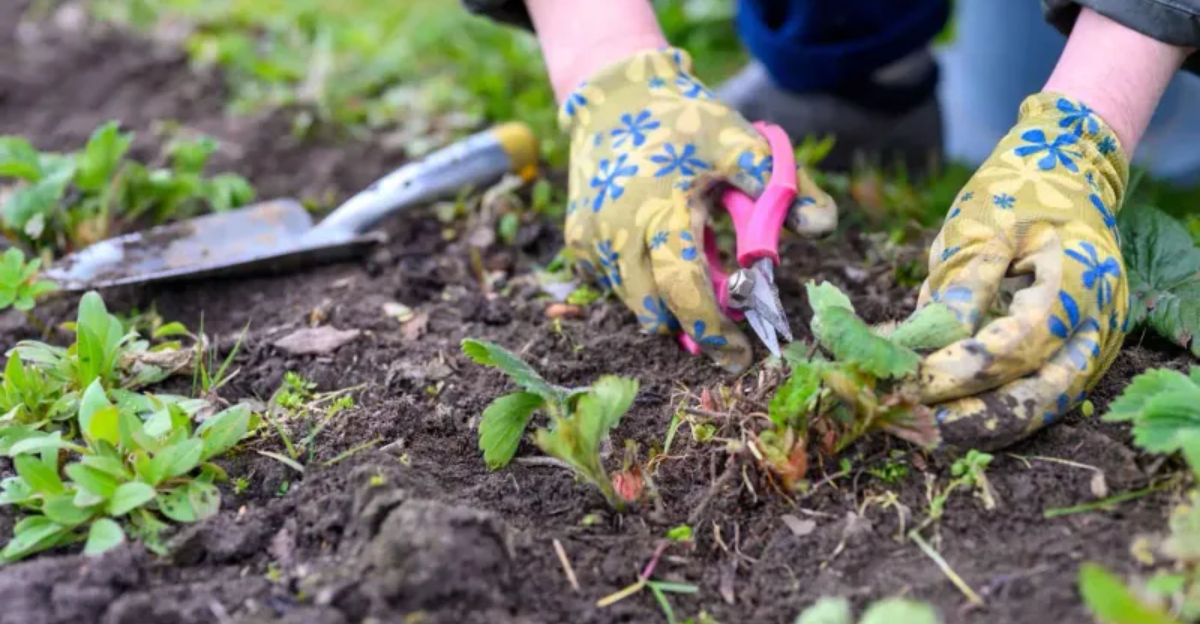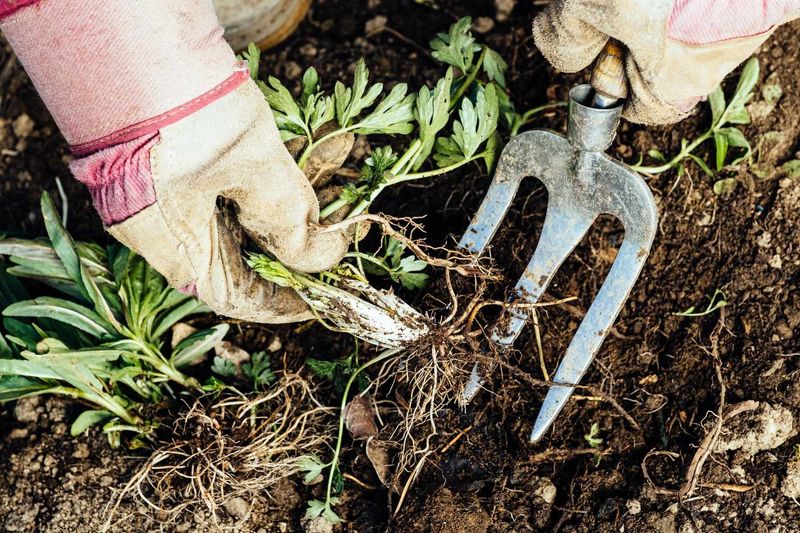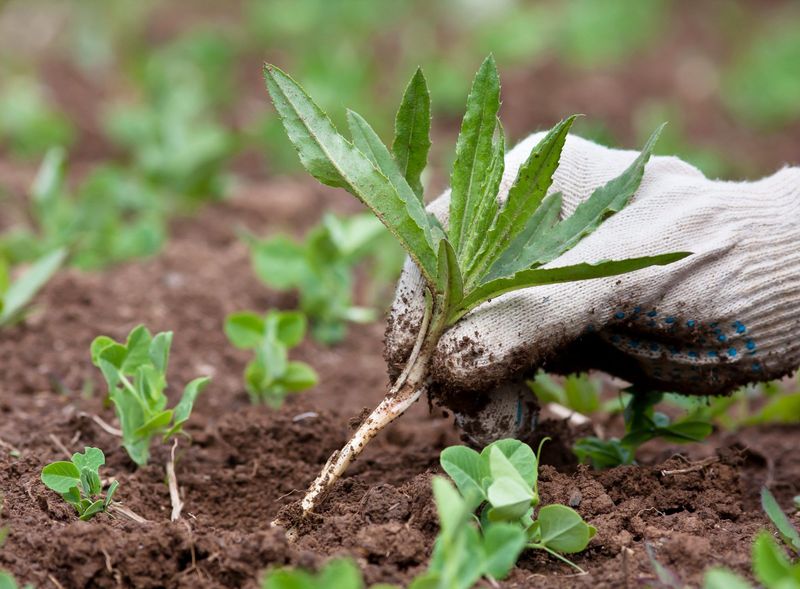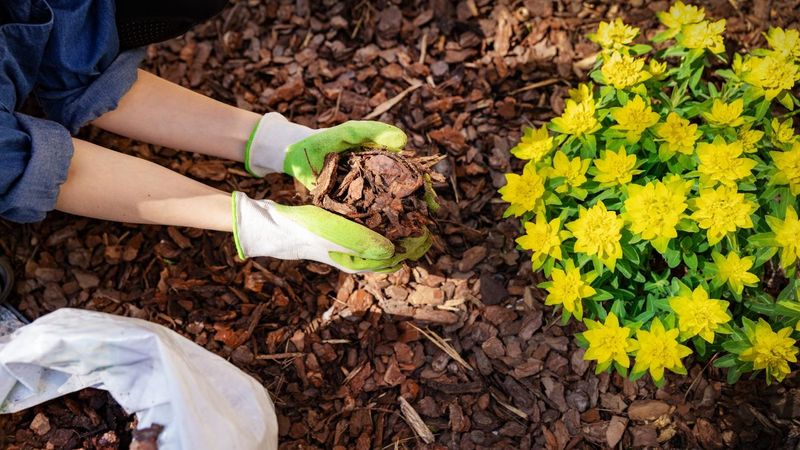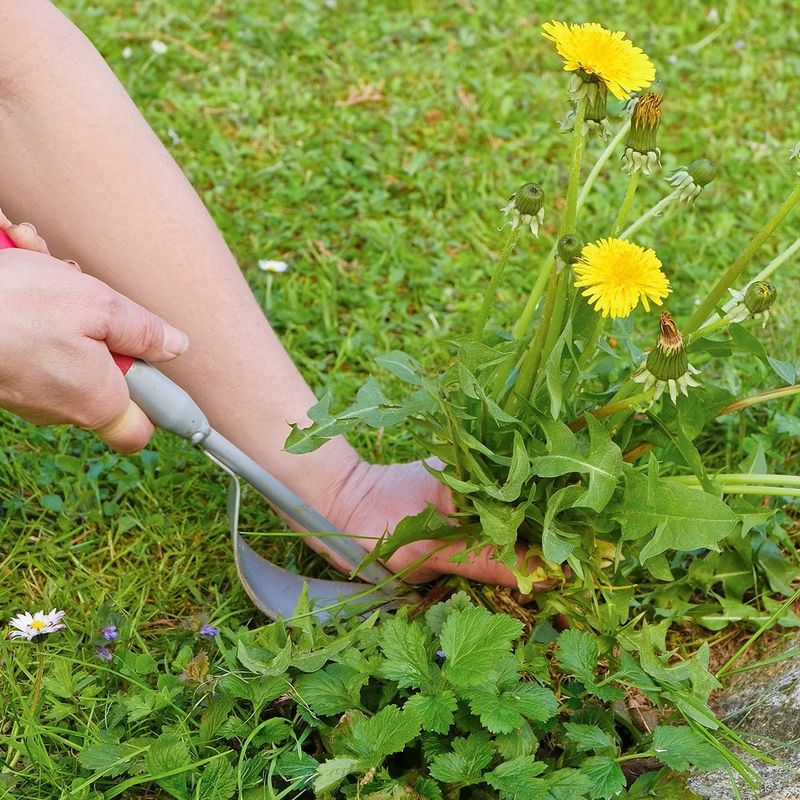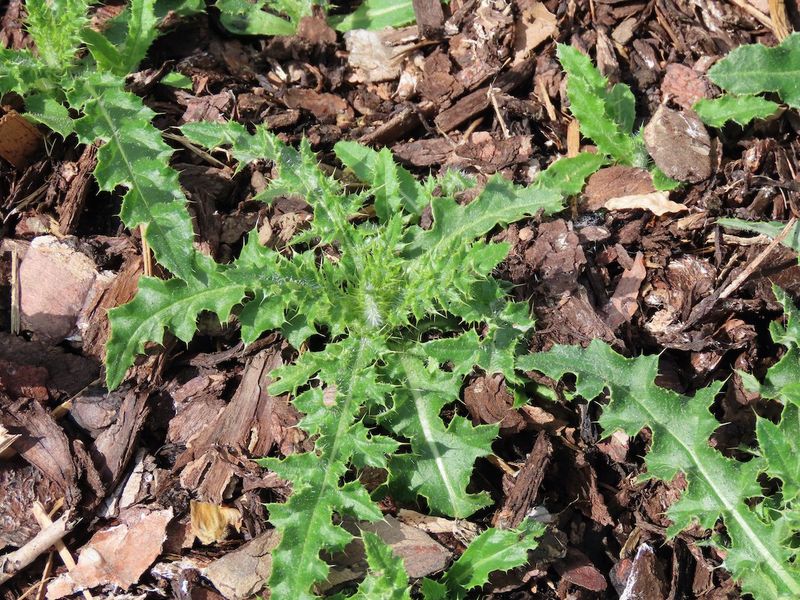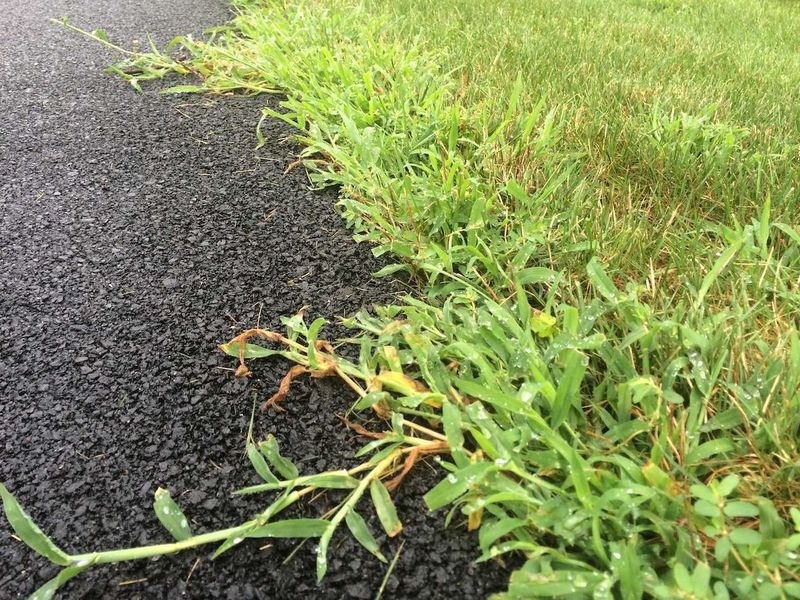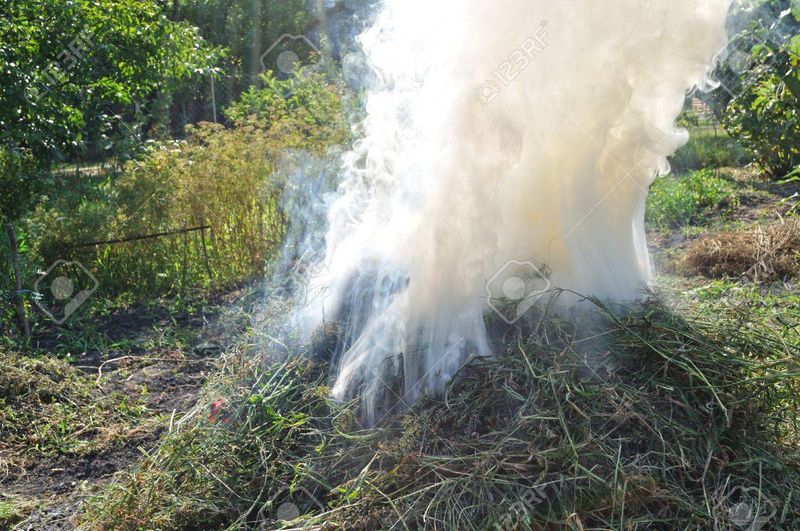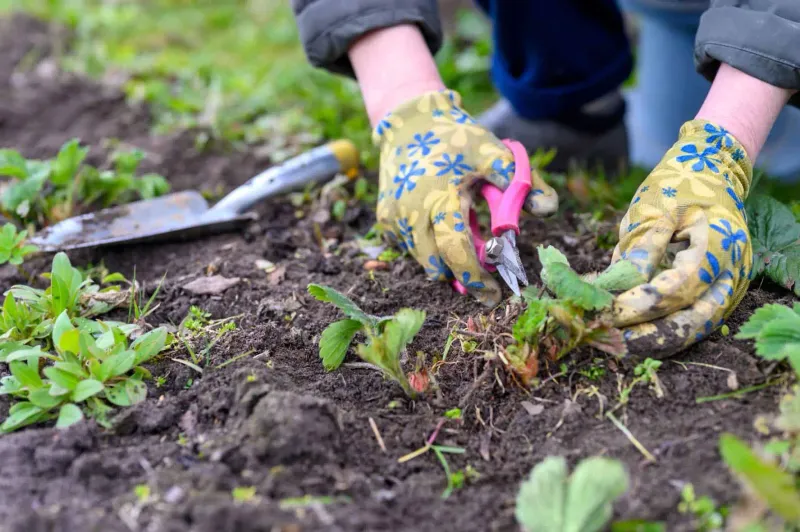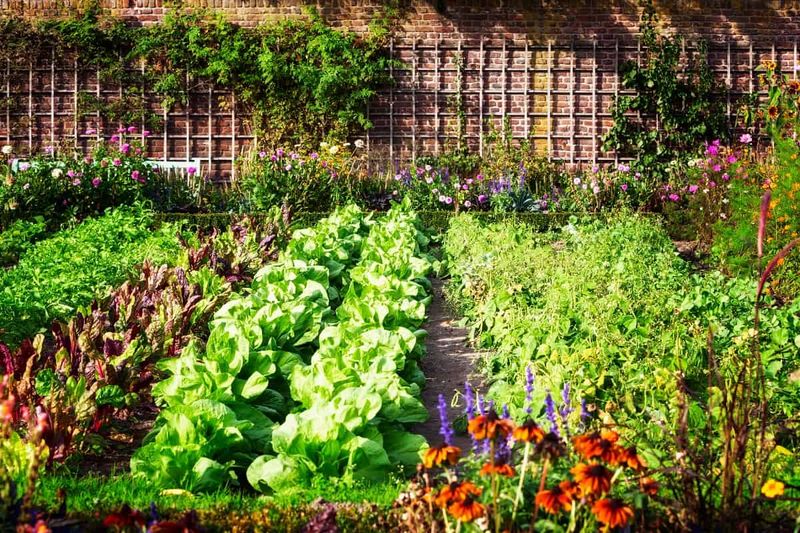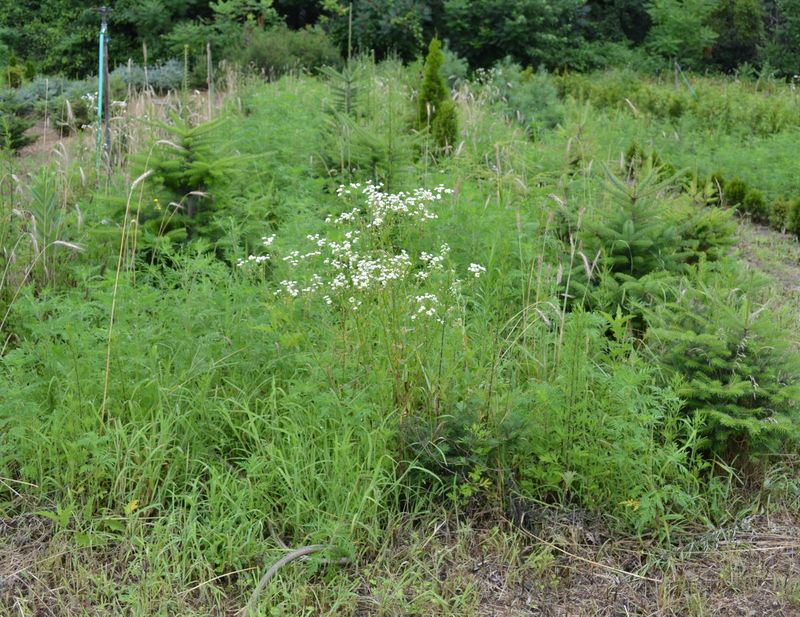Gardening can be a rewarding hobby, but it comes with its challenges. One common obstacle is dealing with pesky weeds.
While weeding might seem straightforward, making certain mistakes can make this task much harder and hinder the overall success of your garden.
In this blog post, we’ll explore ten weeding mistakes that experts say gardeners often make, and provide practical advice on how to avoid them.
1. Ignoring the Root System
One of the biggest mistakes gardeners make is not addressing the root system of weeds. Merely cutting weeds at the surface level allows them to grow back rapidly.
To effectively remove weeds, it’s crucial to pull them out from the roots. Using tools like a hand trowel or a digging fork can be helpful.
For persistent weeds, consider applying natural herbicides or vinegar solutions that target roots. By focusing on the root system, you’ll ensure that weeds don’t reappear quickly, allowing your plants to thrive without competition.
2. Weeding at the Wrong Time
Timing is everything in gardening, and weeding is no exception. Many gardeners make the mistake of weeding during dry, hot conditions.
This not only exhausts the gardener but also makes pulling weeds more difficult as the soil hardens.
The best time to weed is after a rain shower or during early morning when the soil is moist and soft. This allows for easier removal and less strain on your plants. By choosing the right time, you can save effort and improve your garden’s health.
3. Overlooking Mulching
Mulching is often overlooked but is an effective way to suppress weeds. Many gardeners fail to apply mulch, allowing weeds to thrive.
Mulch acts as a barrier, preventing sunlight from reaching weed seeds and inhibiting their growth.
Additionally, it helps retain soil moisture and improve fertility. Organic mulches like straw or wood chips are highly recommended. Consistent mulching can significantly reduce weed problems, allowing you to focus on nurturing your garden.
4. Using the Wrong Tools
Using inappropriate tools can make weeding a cumbersome task. Many gardeners use small hand tools that require excessive bending and straining.
Investing in ergonomic tools like long-handled hoes or weed pullers can make the job more comfortable and efficient.
These tools allow you to maintain a proper posture, reducing fatigue. By equipping yourself with the right tools, you can tackle weeds more effectively and enjoy a healthier gardening experience.
5. Ignoring Weed Prevention
Prevention is key in weeding, yet it’s often ignored. Many gardeners focus solely on removal, neglecting preventative measures.
Applying pre-emergent weed control products can minimize weed emergence. These products form a barrier that prevents seeds from germinating.
Regularly inspecting your garden for early signs of weeds and taking immediate action helps maintain a weed-free environment. By prioritizing prevention, you reduce the need for frequent weeding and promote a thriving garden.
6. Neglecting Edge Maintenance
Edges are often neglected areas where weeds can easily invade. Failing to maintain clear boundaries allows weeds to encroach into your garden beds.
Regularly trimming and edging garden beds creates defined lines that deter weed growth.
Using physical barriers such as garden edging materials can further prevent the spread of weeds. By maintaining sharp edges, you create a clean and organized garden space that is easier to manage.
7. Not Disposing of Weeds Properly
Improper disposal of weeds can lead to regrowth and further infestations. Many gardeners toss weeds into compost piles without ensuring they are fully decomposed.
It’s important to carefully dispose of weeds, especially those with seeds or roots, by burning them or using a dedicated compost for weeds.
This prevents them from re-establishing in your garden. Proper disposal ensures a cleaner garden and reduces the chances of future weed problems.
8. Not Identifying Weeds Correctly
Misidentifying weeds is a common mistake that can lead to ineffective removal strategies. Different weeds require different approaches.
Using plant identification apps or consulting gardening books can help accurately identify weed species.
Once identified, you can choose the most effective removal method, whether it’s hand-pulling, applying herbicides, or using specific tools. Correct identification ensures that you’re tackling weeds efficiently and not harming desirable plants.
9. Overcrowding Plants
Overcrowding is a mistake that indirectly encourages weed growth. When plants are too close, they compete for resources and leave gaps for weeds to flourish.
Proper spacing is crucial to allow plants to grow healthily and deny weeds the space they need.
By planning your garden layout and ensuring adequate spacing, you’ll create a more balanced ecosystem that naturally suppresses weeds. This promotes stronger, more resilient plants.
10. Ignoring Perennial Weeds
Perennial weeds are often ignored, but they’re the most stubborn. They can survive winter and re-emerge, causing long-term issues.
Identifying and addressing perennial weeds early is essential. Regular monitoring and applying targeted treatments can keep them in check.
By staying vigilant and addressing these weeds promptly, you’ll prevent them from dominating your garden and ensure a more manageable gardening experience.
